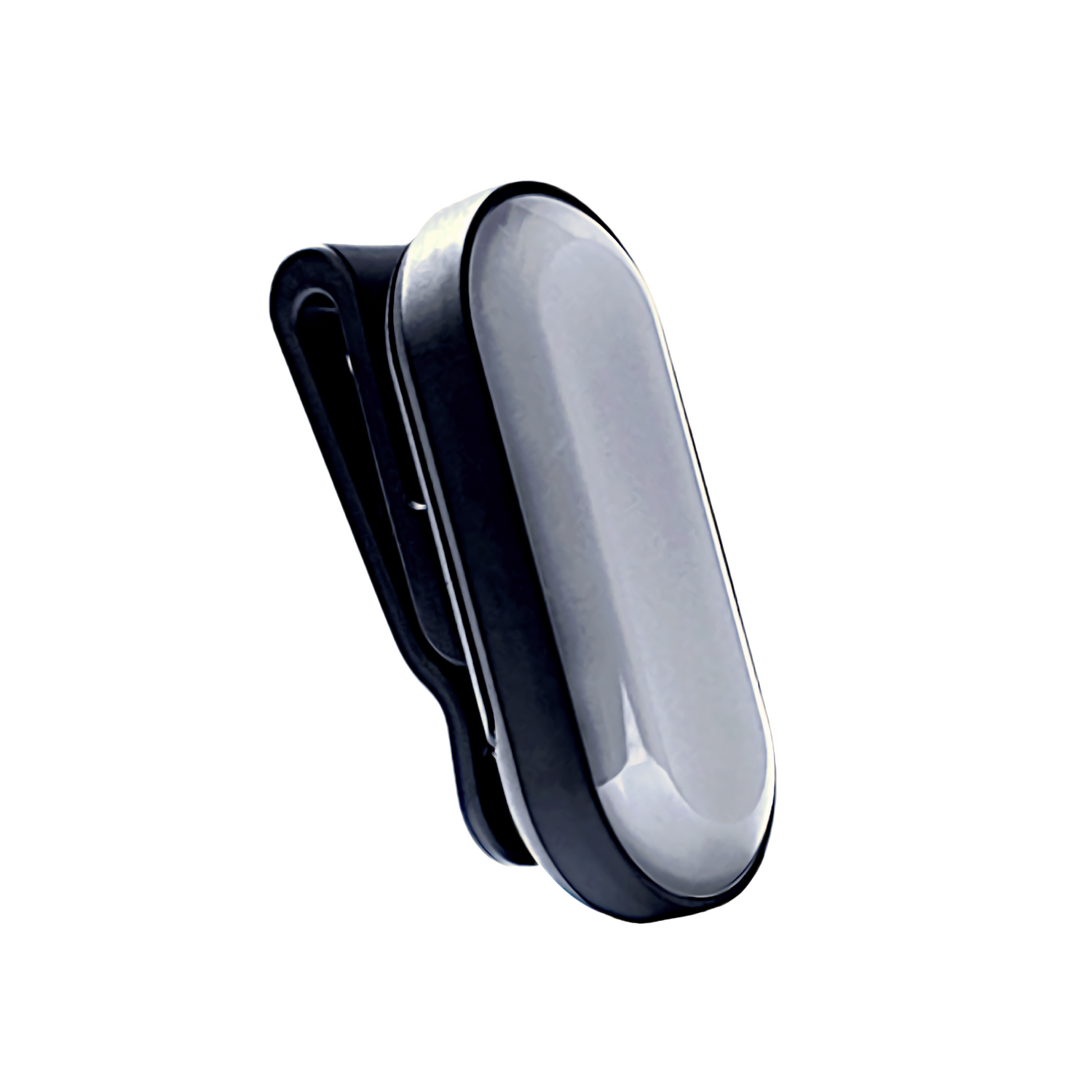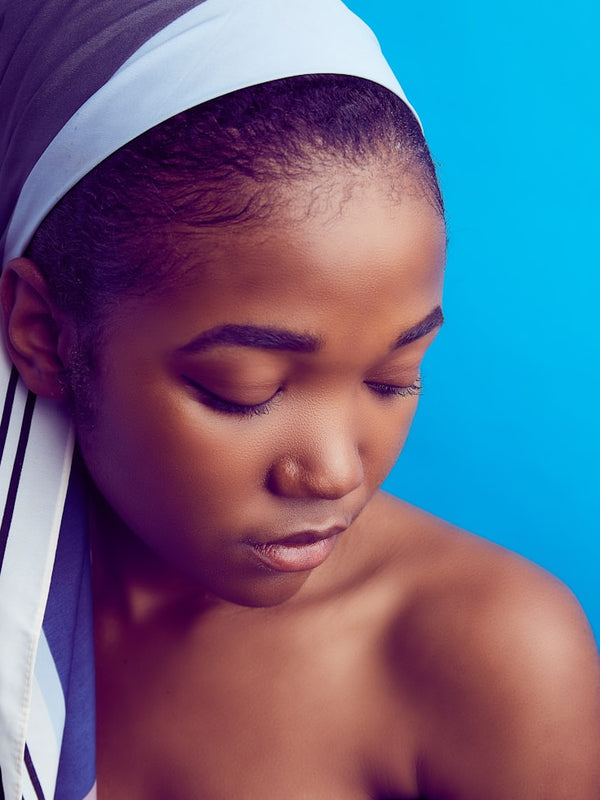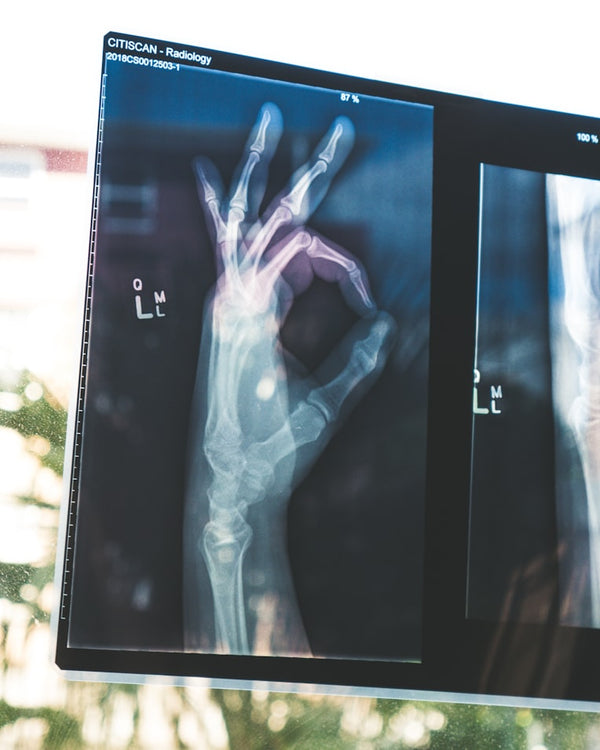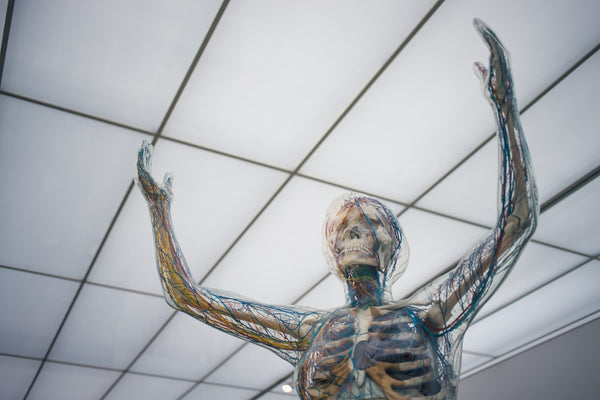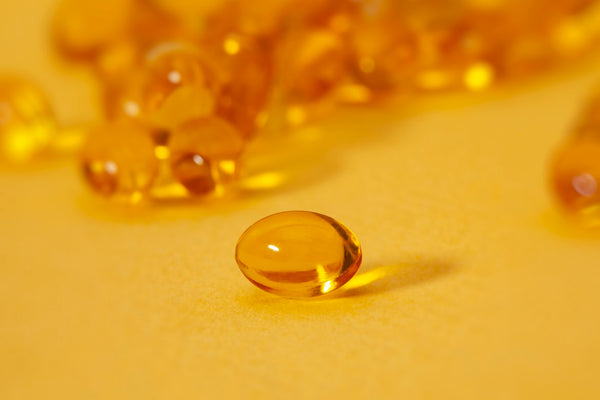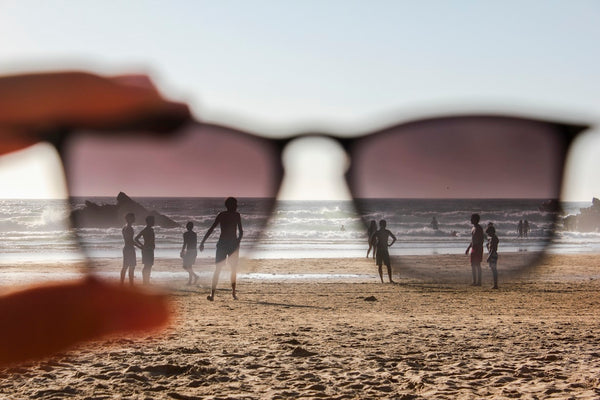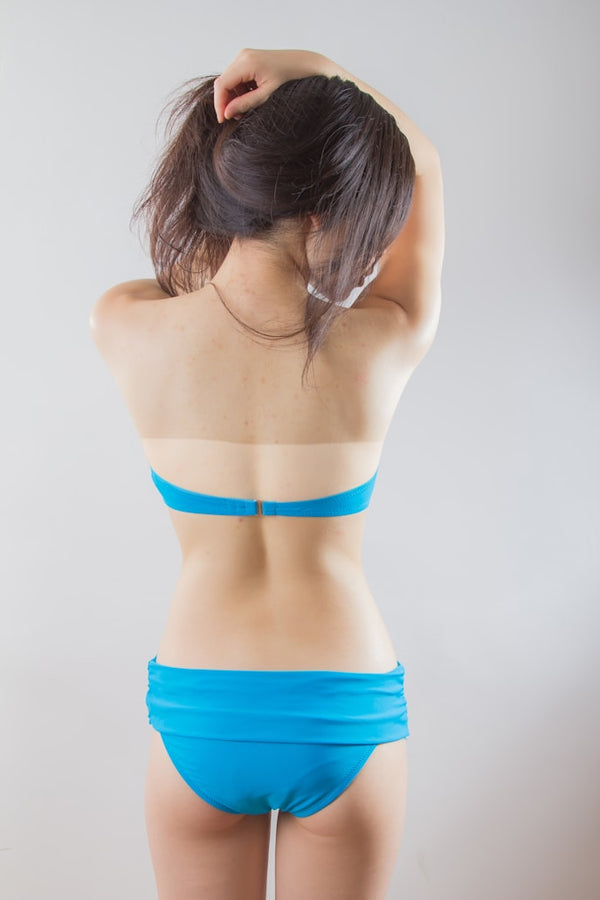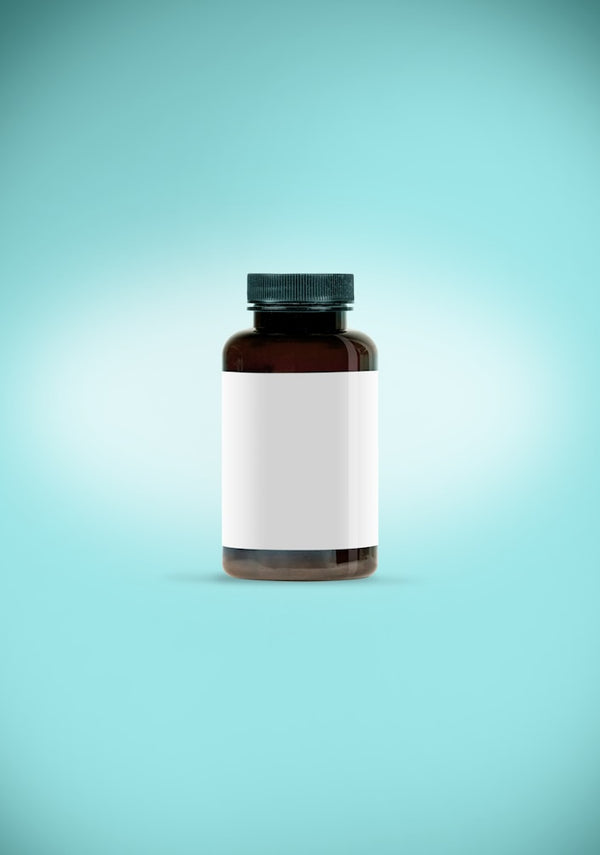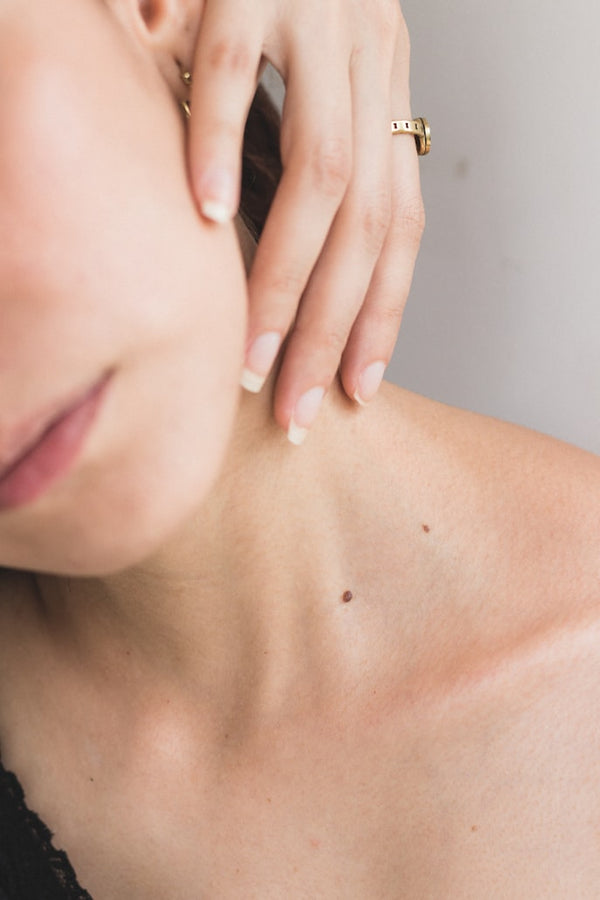The UV index is a measure of the strength of UV radiation in sunlight at a given moment. The scale starts at UV index 0 (no UV radiation) and is open to the top. The table below gives a starting point to get an idea of the different UV index strengths.
| UV index |Interpretation|Example| | --- | --- | --- | |0| No UV radiation | Indoors or at night | |1| Very weak UV radiation | Early in the morning or when it rains | |3| Weak UV radiation | Cloudy morning | |7| high UV radiation | Noon in early summer | |10| extremely high UV radiation | Noon in midsummer |
definition
The UV index (UVI) takes into account both UVA and UVB radiation in sunlight. The UV components are weighted as they cause damage to the skin. This means UVB, which causes more damage than UVA, is weighted more heavily than UVA. It is also important to know that the UV index has a linear scale. This means that twice the UV index causes twice the damage to the skin. The UV index is therefore a suitable measure for indicating the potential harmfulness of UV radiation. If you want to know the exact mathematical definition of the UV index, we recommend the English Wikipedia article on the subject.
UV index forecasts
In many places you can see UV index forecasts for a day. Be it in weather apps or on health authority websites. But what does this single UV index number mean?
In the forecasts for the day, the maximum UV index is given, which is reached on this day for at least half an hour. This means that if the forecast predicts a UV index of 7, the UV radiation should be above UV index 7 for half an hour around noon on that day. The World Health Organization (WHO) recommends the following protective measures with regard to UV index forecasts:
| UV Index | Protection needed? |Protection measures| | --- | --- | --- | | 1 - 2 | No protection needed | - | | 3 - 7 | protection needed | Seeking shade at lunchtime, t-shirt, sunscreen, hat | | 8 - 11 | Extra Protection Needed | Stay indoors over lunchtime, seek shade, T-shirt, sunscreen, hat |
The difficulty with these forecasts, however, is that they only refer to midday and say nothing about how dangerous the UV radiation is in the morning or when it is cloudy in the meantime. They also say little about the expected UV dose that you can get that day.
sun-a-wear can give you more precise UV index forecasts, not just for midday, but for the whole day. The sensor also allows you to better estimate the UV dose and thus better tailor the protective measures to your personal situation.
Further reading:
